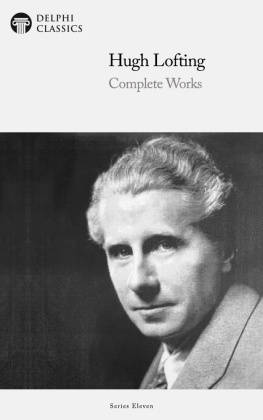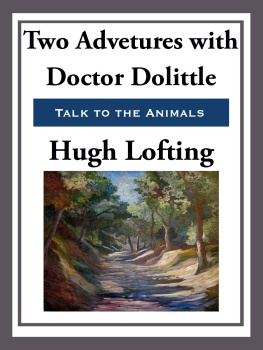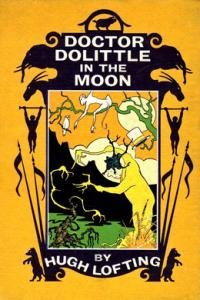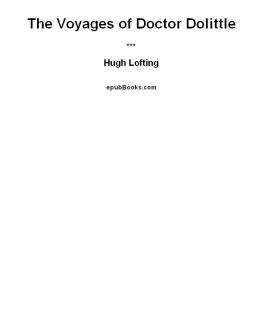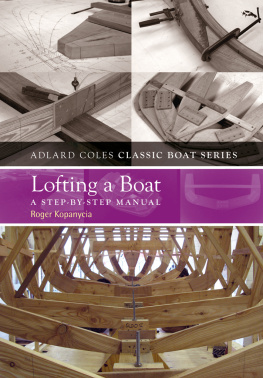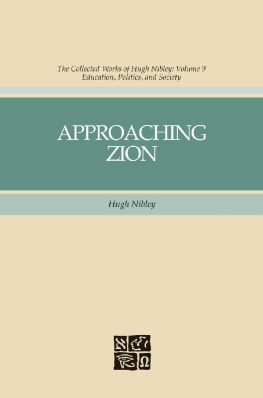
The Complete Works of
HUGH LOFTING
(1886-1947)

Contents

Delphi Classics 2020
Version 1


Browse our Main Series

Browse our Ancient Classics

Browse our Poets

Browse our Art eBooks

Browse our Classical Music series

The Complete Works of
HUGH LOFTING

By Delphi Classics, 2020
COPYRIGHT
Complete Works of Hugh Lofting

First published in the United Kingdom in 2020 by Delphi Classics.
Delphi Classics, 2020.
All rights reserved. No part of this publication may be reproduced, stored in a retrieval system, or transmitted, in any form or by any means, without the prior permission in writing of the publisher, nor be otherwise circulated in any form other than that in which it is published.
ISBN: 978 1 91348 736 2
Delphi Classics
is an imprint of
Delphi Publishing Ltd
Hastings, East Sussex
United Kingdom
Contact: sales@delphiclassics.com

www.delphiclassics.com

Our comprehensive editions are beautifully illustrated with the original artwork of some of the greatest children stories ever told, as well as offering a dazzling array of Delphi bonus features. Now you can rediscover the magic of these eternal classics on your eReader!
Explore Classic Childrens eBooks
The Doctor Dolittle Books

Maidenhead, Berkshire, England Loftings birthplace

Maidenhead in late Victorian times
The Story of Doctor Dolittle (1920)

BEING THE HISTORY OF HIS PECULIAR LIFE AT HOME AND ASTONISHING ADVENTURES IN FOREIGN PARTS. NEVER BEFORE PRINTED.
TOLD BY HUGH LOFTING; ILLUSTRATED BY THE AUTHOR
First published in 1920, the first of the Doctor Dolittle series was written in the aftermath of World War I, after Loftings time enlisted in the Irish Guards regiment of the British Army. During the conflict, not wishing to write to his children about the brutality of the war, he wrote imaginative letters that would later become the foundation of the Doctor Dolittle novels. Lofting was seriously wounded in the war and in 1919 he moved with his family to Killingworth, Connecticut. The novel was published in America by Frederick A. Stokes in October 1920, before being published in Britain by Cape in 1924.
Set in early Victorian England, the narrative introduces John Dolittle, MD as a respected physician and quiet bachelor, living with his spinster sister Sarah in the small English village of Puddleby-on-the-Marsh. His love of animals grows over the years and his household menagerie in time frightens off his human clientele, leading to a loss of wealth. However, after learning the secret of speaking to all animals from his parrot Polynesia, Dolittle decides to take up veterinary practice.
His fortunes rise and fall again after a crocodile takes up residence, leading to his sister leaving in anger, with the intention of getting married. Dolittles fame in the animal kingdom spreads throughout the world and he is conscripted into voyaging to Africa to cure a monkey epidemic, just as he faces bankruptcy. He has to borrow supplies and a ship, and sails with a crew of his favourite animals. When he is shipwrecked in Africa, on the way to the monkey kingdom, his band is arrested by the king of Jolliginki, a victim of European exploitation, who wants no white men travelling in his country

Lofting as a young man

The first edition
CONTENTS

The first editions title page

The much loved 1967 movie adaptation, Doctor Dolittle, directed by Richard Fleischer and starring Rex Harrison in the title role

The original frontispiece: The Farewell Feast - After they had all finished eating the Doctor got up
THE STORY OF DOCTOR DOLITTLE

A little town called Puddleby-on-the-Marsh
TO
ALL CHILDREN
CHILDREN IN YEARS AND CHILDREN IN HEART
I DEDICATE THIS STORY
INTRODUCTION TO THE TENTH PRINTING

T HERE ARE SOME of us now reaching middle age who discover themselves to be lamenting the past in one respect if in none other, that there are no books written now for children comparable with those of thirty years ago. I say written for children because the new psychological business of writing about them as though they were small pills or hatched in some especially scientific method is extremely popular to-day. Writing for children rather than about them is very difficult as everybody who has tried it knows. It can only be done, I am convinced, by somebody having a great deal of the child in his own outlook and sensibilities. Such was the author of The Little Duke and The Dove in the Eagles Nest, such the author of A Flatiron for a Farthing, and The Story of a Short Life. Such, above all, the author of Alice in Wonderland. Grownups imagine that they can do the trick by adopting baby language and talking down to their very critical audience. There never was a greater mistake. The imagination of the author must be a childs imagination and yet maturely consistent, so that the White Queen in Alice, for instance, is seen just as a child would see her, but she continues always herself through all her distressing adventures. The supreme touch of the white rabbit pulling on his white gloves as he hastens is again absolutely the childs vision, but the white rabbit as guide and introducer of Alices adventures belongs to mature grown insight.
Next page
